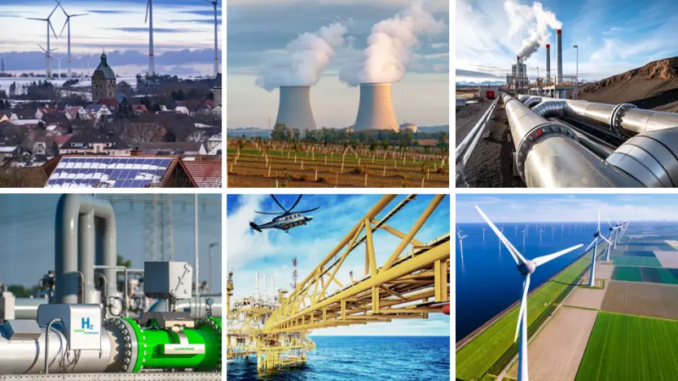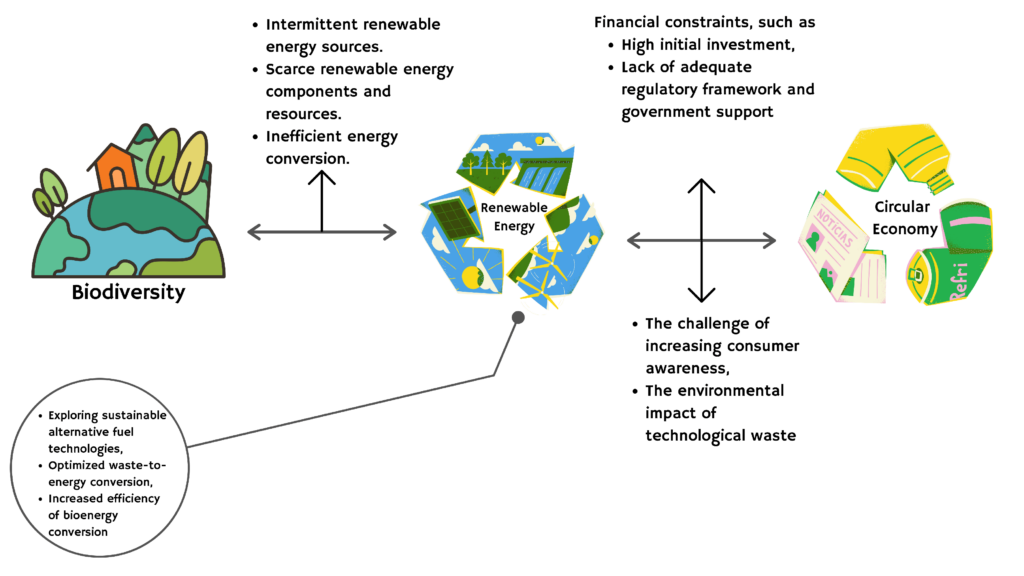

The global energy landscape has been undergoing a fundamental transformation, and as we move through 2025, the question of whether oil and renewables can coexist harmoniously remains crucial. The ongoing energy transition has been driven by climate change policies, technological advancements, and shifting economic priorities. This article examines how traditional fossil fuels and renewable energy sources are evolving and whether they can find a balance in the modern energy mix.
The Current State of the Energy Sector
The energy sector in 2025 is characterized by heightened competition between oil producers and renewable energy firms. While oil prices have remained volatile due to geopolitical tensions and fluctuating demand, renewables have continued to gain traction thanks to declining costs and government incentives. Countries worldwide have implemented stricter carbon reduction targets, prompting oil companies to reconsider their long-term strategies.
Oil’s Role in a Changing Market

Despite the push for decarbonization, oil remains a vital component of the global economy. Industries such as transportation, petrochemicals, and aviation still rely heavily on crude oil. However, the major oil players—ExxonMobil, Chevron, and Saudi Aramco—are increasingly investing in carbon capture, hydrogen production, and biofuels to align with sustainability goals. The challenge for oil companies is adapting to new regulations while maintaining profitability.
The Rise of Renewables

Renewable energy sources, including solar, wind, and hydroelectric power, have witnessed exponential growth. Thanks to improvements in battery storage technology and grid infrastructure, renewables have become more reliable and cost-effective. Companies like Tesla, NextEra Energy, and Orsted continue to lead the sector, driving innovation and increasing market penetration. Additionally, energy storage solutions and smart grids are helping to mitigate the intermittency issues that once hindered renewables’ scalability.
Policy and Regulation: A Decisive Factor
Government policies play a pivotal role in shaping the future of energy. The Biden administration and global leaders have prioritized green energy initiatives through subsidies, tax incentives, and emission reduction mandates. However, the transition is not without challenges—countries that heavily depend on fossil fuels, such as Russia and parts of the Middle East, face economic uncertainty as the world moves toward decarbonization.
Investment Trends: A Hybrid Approach
A key trend emerging in 2025 is the hybrid approach to energy investment. Many oil giants are diversifying their portfolios by investing in renewable assets. BP and Shell, for example, have pledged to expand their renewable capacity while gradually reducing their reliance on crude oil. Investors are increasingly favoring companies with strong Environmental, Social, and Governance (ESG) credentials, accelerating the shift toward sustainable energy.
Challenges to Integration
While integrating oil and renewables seems like a logical step forward, several challenges persist:

- Infrastructure limitations: The current energy grid was built around fossil fuels, requiring significant upgrades to support large-scale renewable integration.
- Intermittency issues: Renewables like wind and solar depend on weather conditions, necessitating efficient energy storage solutions.
- Market volatility: Unpredictable oil price fluctuations can impact investment in both fossil fuels and renewables.
- Political and economic resistance: Nations that rely on oil revenues may be reluctant to transition fully to renewables, slowing down global progress.
Conclusion: A New Energy Paradigm?
The question remains: will oil and renewables find common ground in 2025? The answer is increasingly leaning toward a coexistence model, where fossil fuel companies integrate renewable technologies into their operations while renewables continue to expand their market share. As innovation drives down costs and policies push for greener solutions, the energy sector appears to be heading toward a diversified and more sustainable future.
Investors, policymakers, and industry leaders must recognize that collaboration—not competition—will be key to achieving a balanced energy landscape. The coming years will be crucial in determining how these two energy forces can complement each other in the journey toward a cleaner, more resilient energy ecosystem.
Leave a Reply